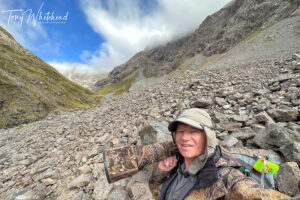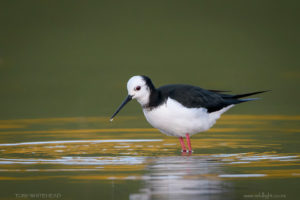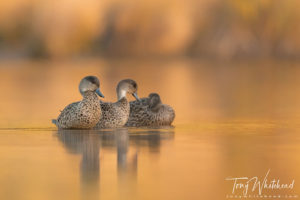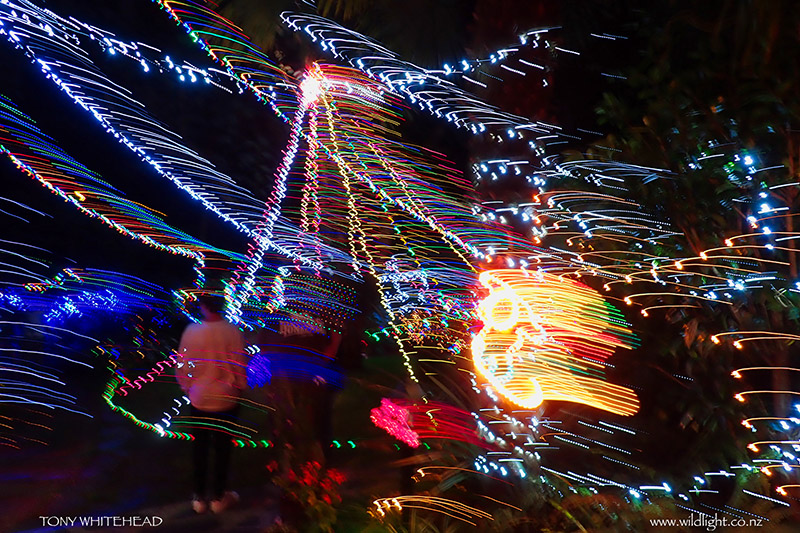
It has become a bit of a family tradition to go for a walk on Christmas Eve with our visiting relatives to look at the local houses decorated with Christmas lights. This is always a fun walk with a lot of excited children enjoying the lights with the anticipation of presents in the morning.
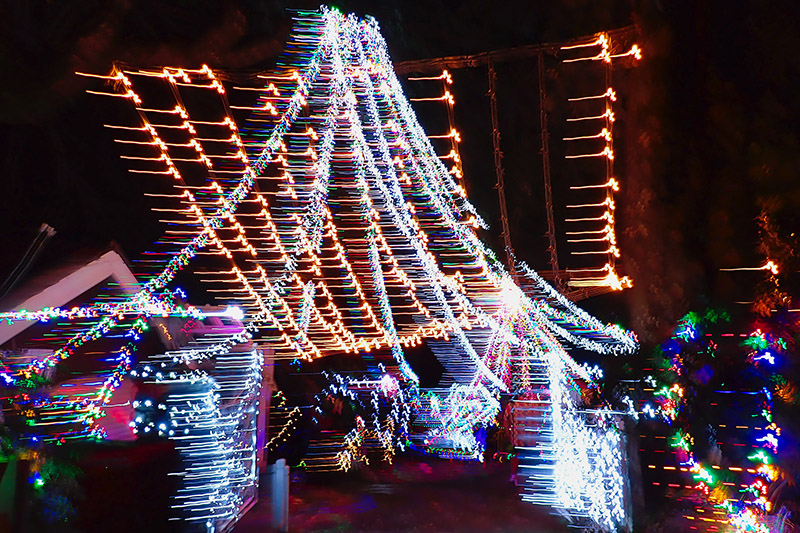
This year we did our usual walk but on Christmas night decided to explore a more natural display of Christmas lights and Glow-worms. We are lucky to live next to a large forest and there are a number of spots that host Glow-worms that put on a lovely display of light in the dark. A short stroll had us marvelling at the galaxy of tiny lights and the temptation to return and make some photos was too much. Edin and I were soon back armed with tripod and camera.
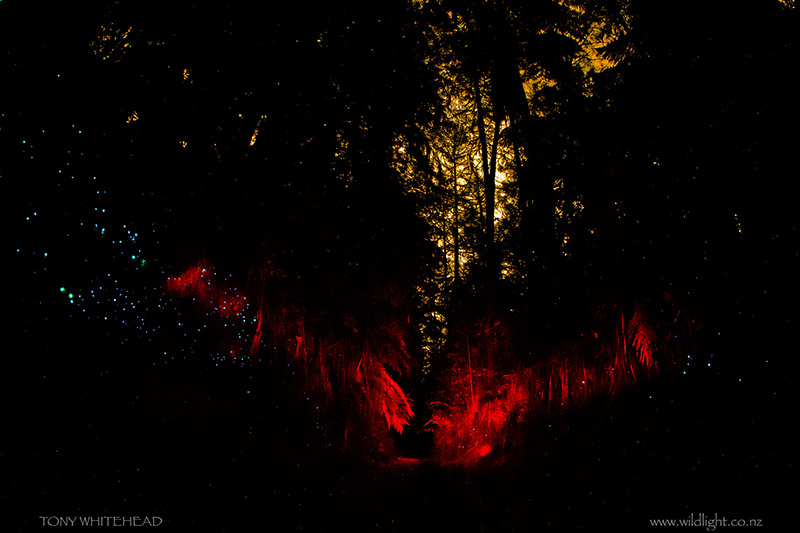
I had envisioned a fisheye image with the glow-worms lining the sides of the track and the trees silhouetted against the night sky but we ended up also exploring one side of the track using Edin’s red headlight to add a brief wash of light to the 30 second exposure. It was a bit of a guess with exposure but my starting point of ISO 1600, 30s at f8 seemed to work well.
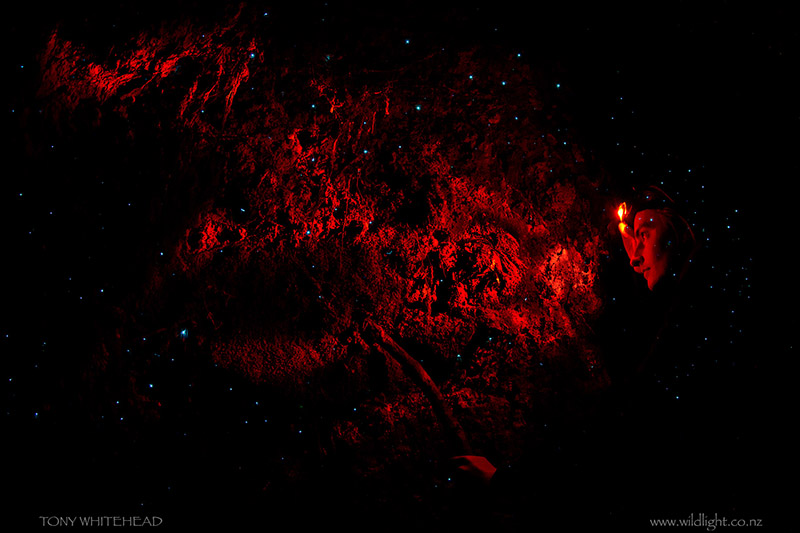
At the end of our shoot we found a very photogenic Glow-worm in a mossy spot that would have made a great macro subject so I was keen to return with a macro lens in place of the fisheye.
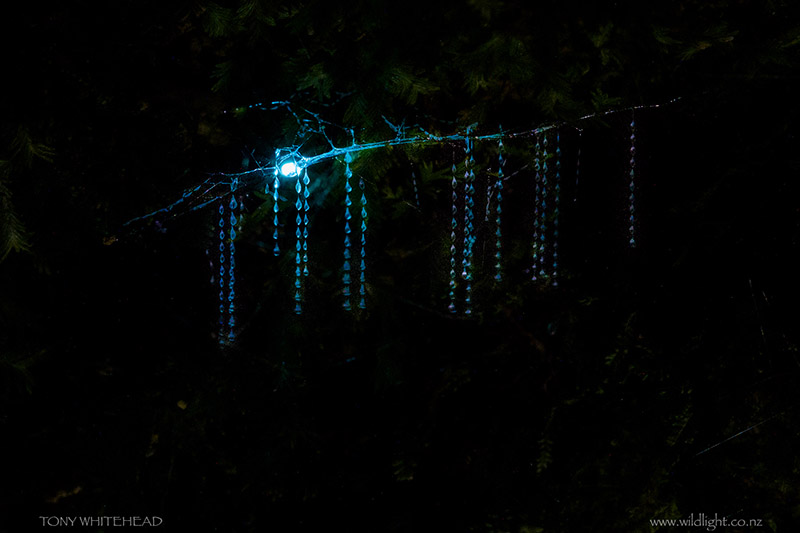
Glow-worms are the larval stage of a fungus gnat. The eggs hatch 3 weeks after being laid. The larva grow from a few millimetres up to 3-4 centimetres over 6 to 9 months before pupating and emerging as an adult 2 weeks later. The adults cannot feed and their sole purpose is to reproduce before dying after only a few days. The Glow-worm larvae need moist, humid habitat so live in caves or under overhanging banks.
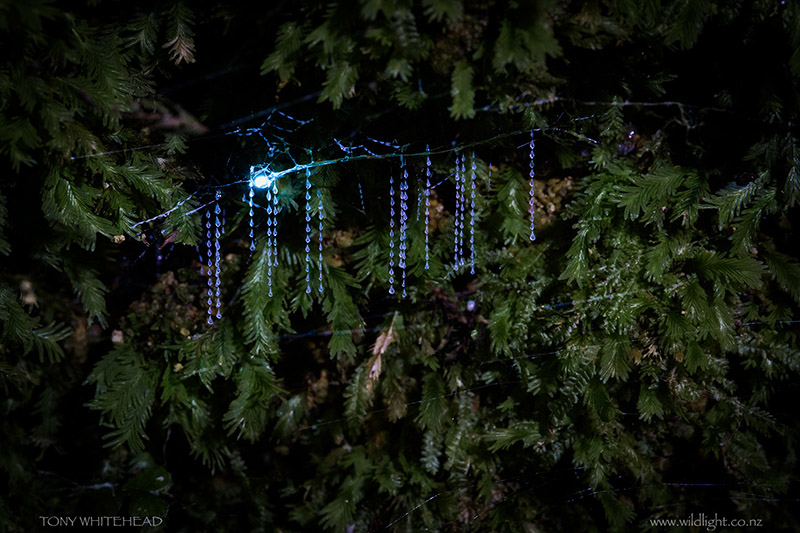
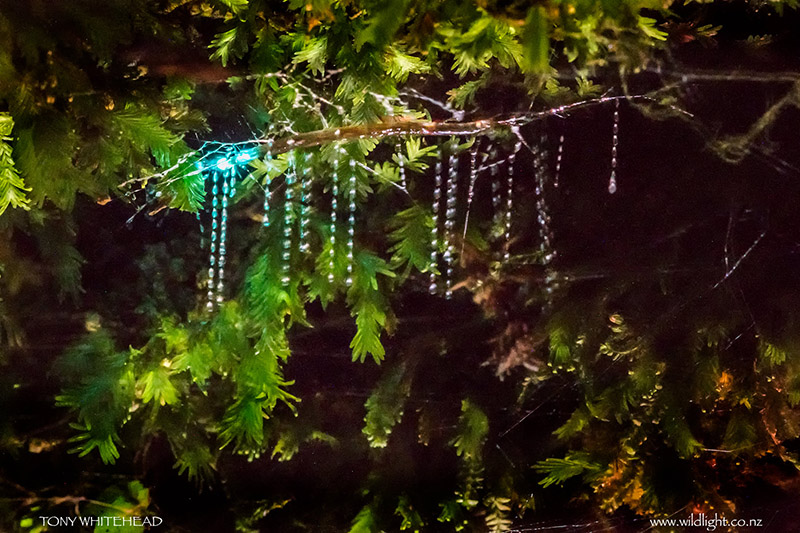
They create a series of sticky threads and attract flying insects with their glow. The insects are trapped in the threads and then consumed. The light is produced by an excretory organ analogous to a kidney where waste products are combined with oxygen to create the blue/green glow. For more information on Glow-worms see Te Ara Encyclopaedia of New Zealand
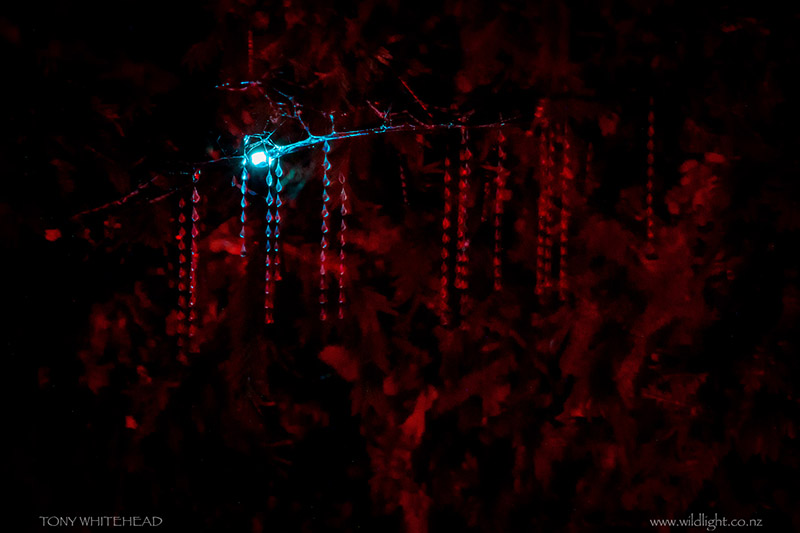
Photos with Nikon D810 with my ancient Nikkor 105mm F2.8D macro lens. Manfrotto 055 MF3 carbon fibre tripod with Really Right Stuff BH55 ballhead. The centre column of the Manfrotto 055 MF3 can be removed and reattached horizontally to extend the camera in toward the bank which is essential in a location like this.
